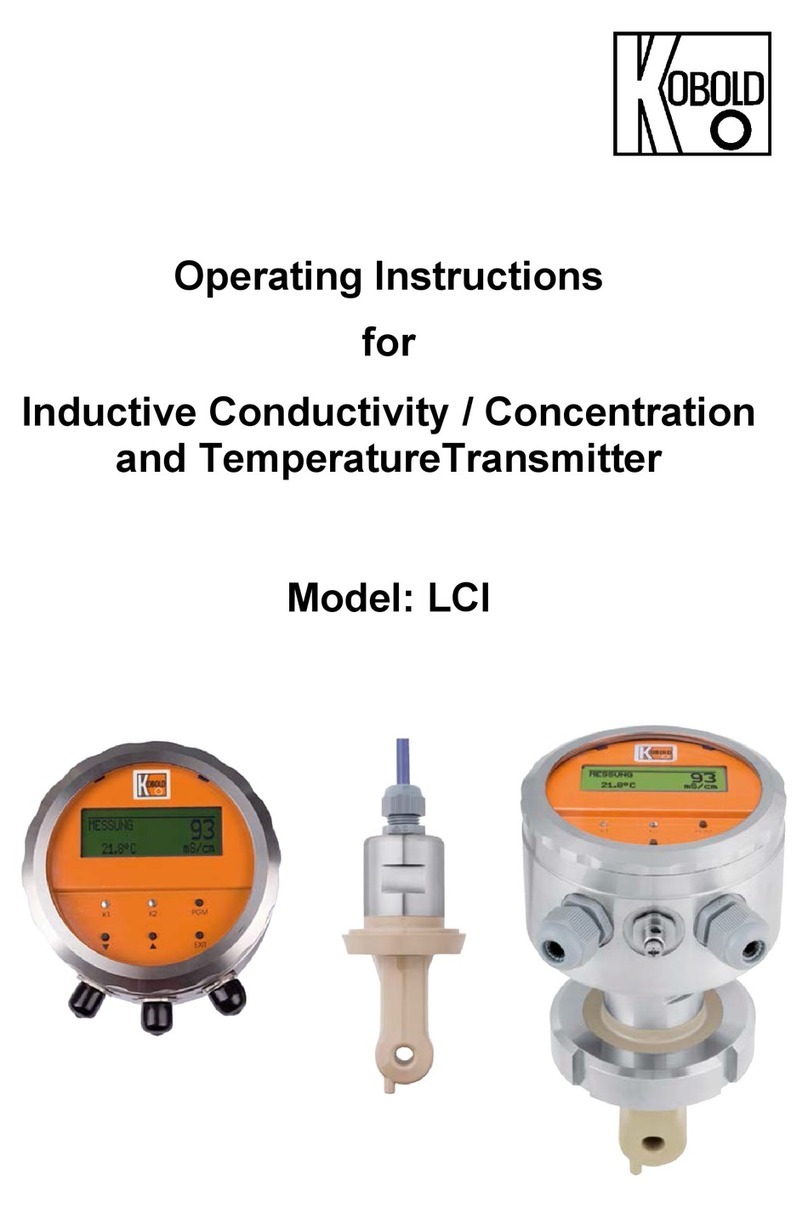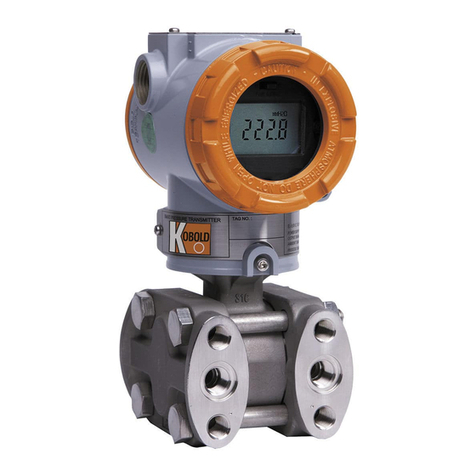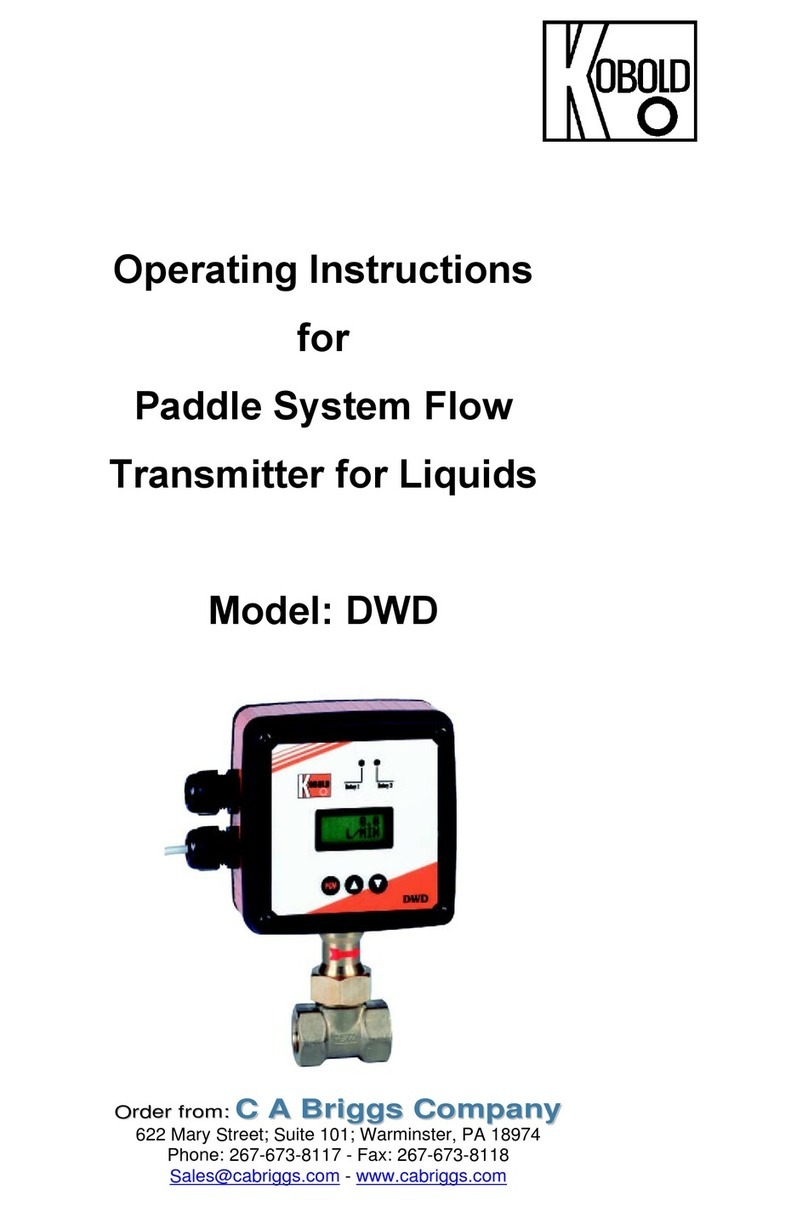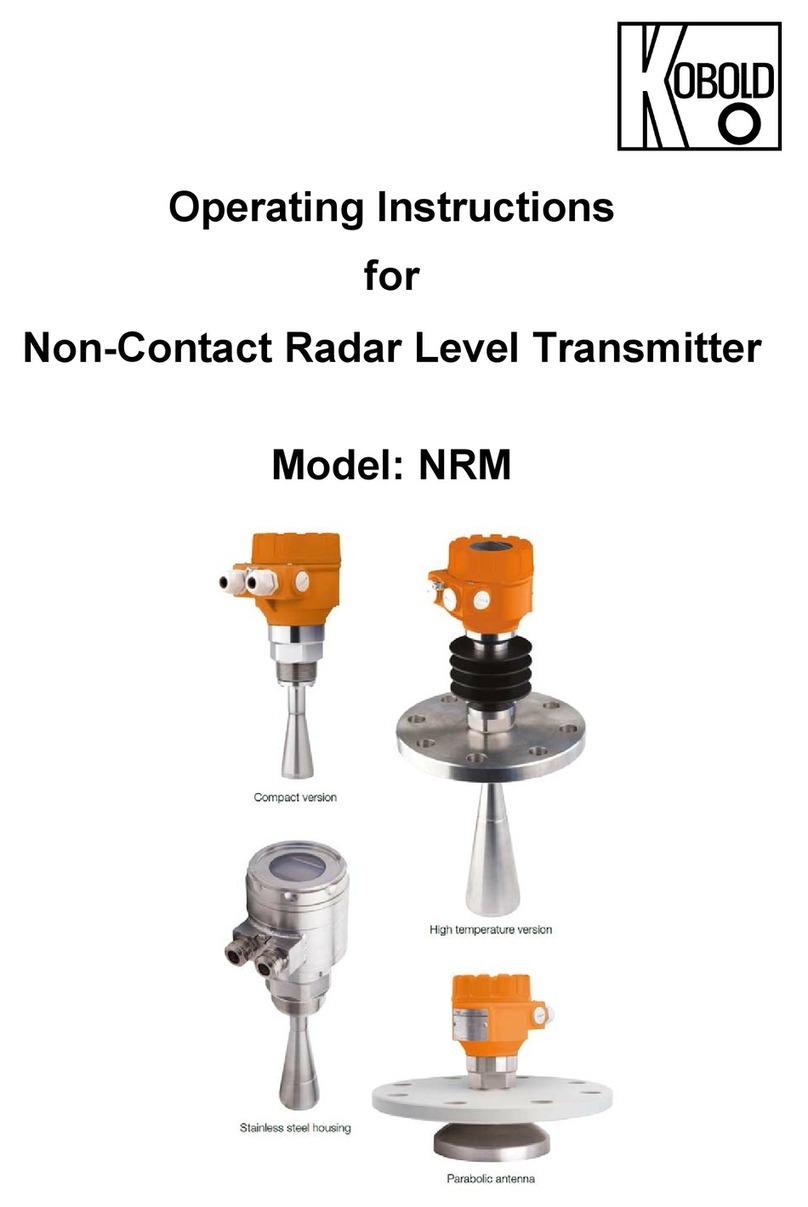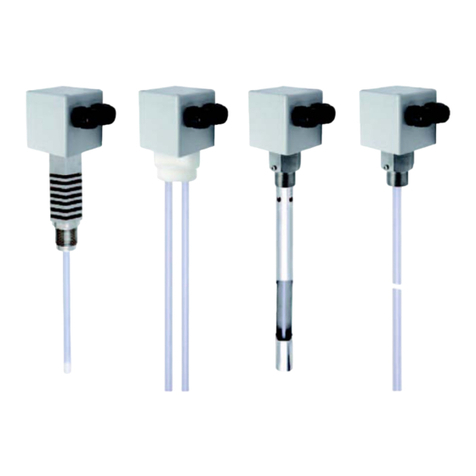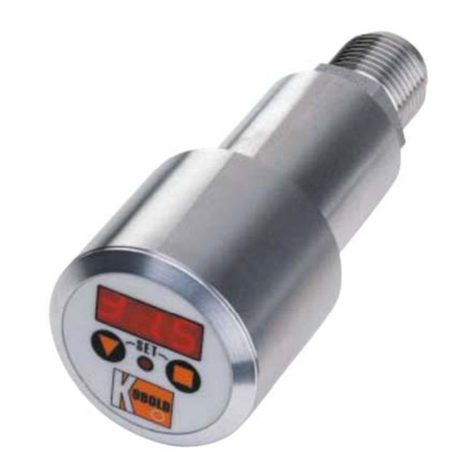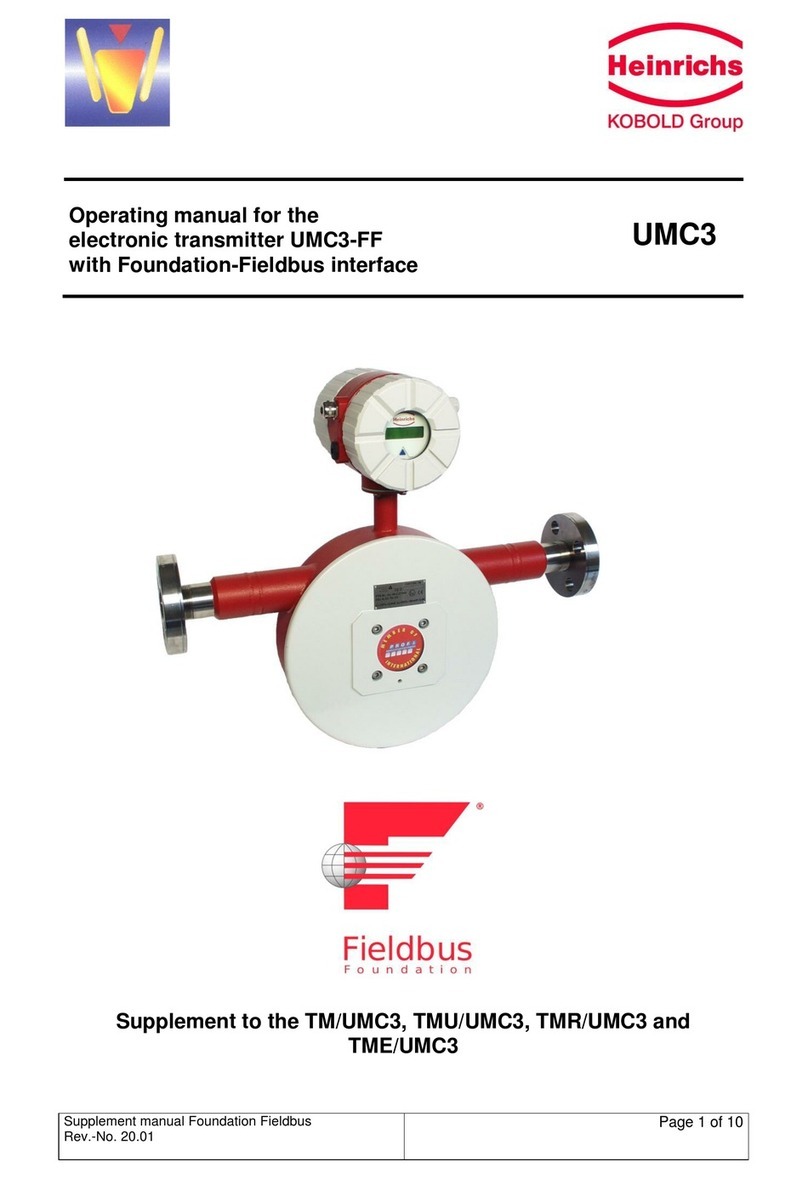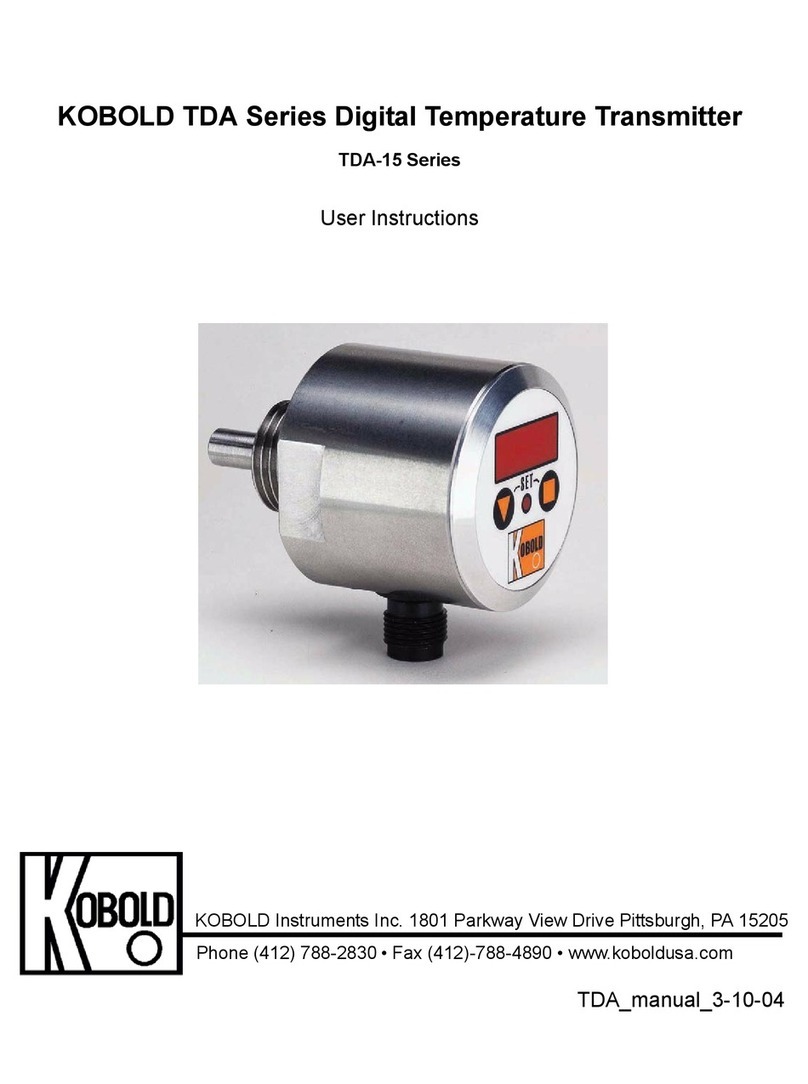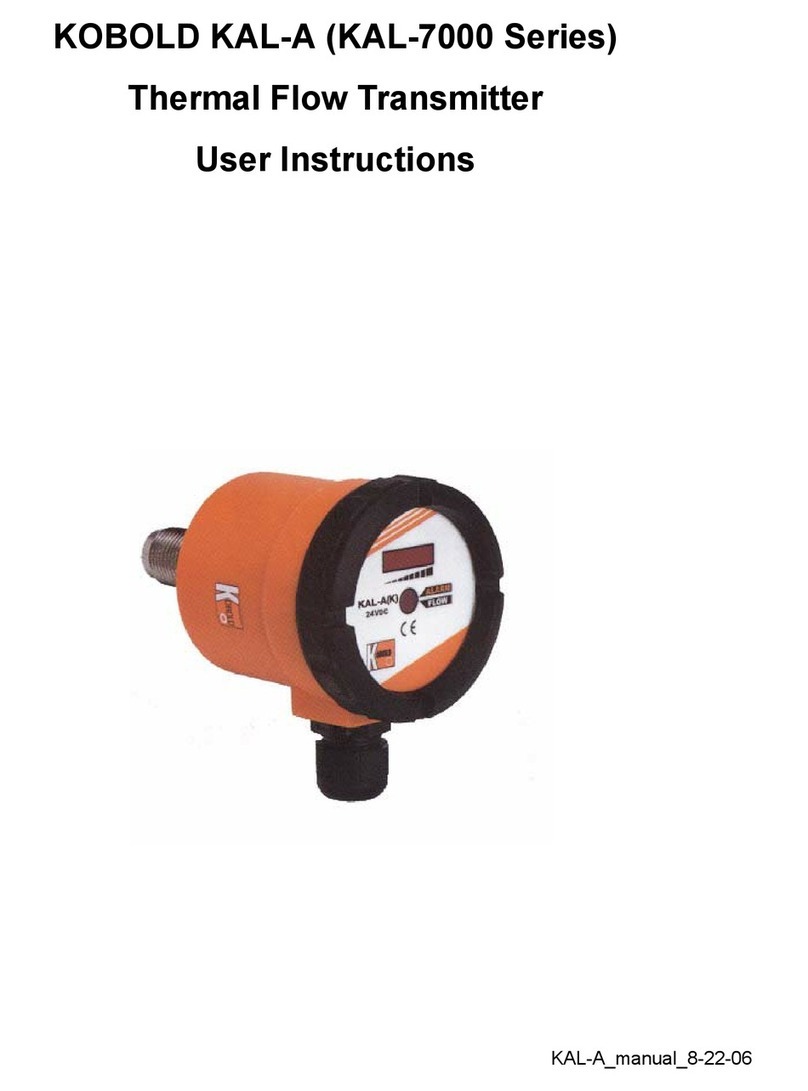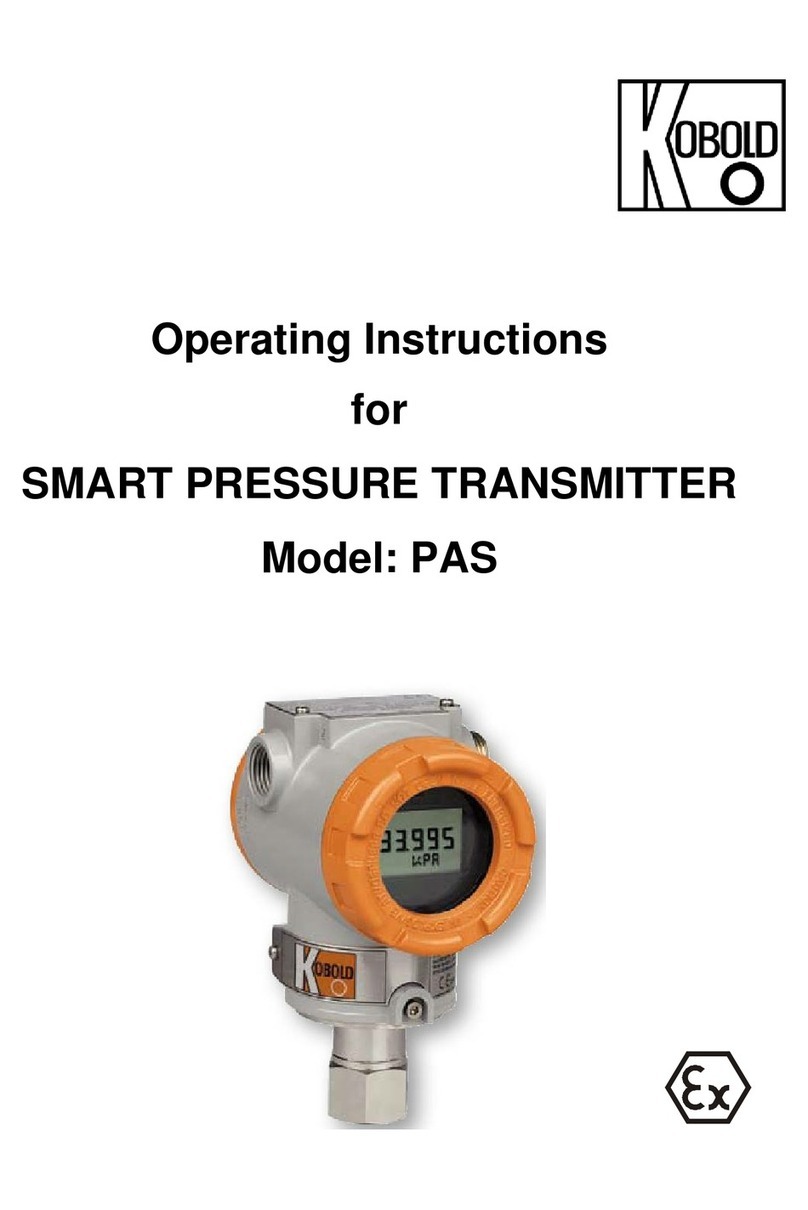
Content
1 Typographical conventions ...................................................... 8
1.1 Warning signs ..............................................................................................8
1.2 Reference signs ...........................................................................................8
2 Description ................................................................................ 9
3 Instrument identification ........................................................ 11
3.1 Nameplate ..................................................................................................11
3.2Type designation ........................................................................................12
3.3 Accessories (included in delivery) ..............................................................13
3.4 Accessories (optional) ................................................................................13
4 Assembly ................................................................................. 14
4.1 General .......................................................................................................14
4.2 Dimensions ................................................................................................14
5 Installation ............................................................................... 15
5.1 Installation instructions ..............................................................................15
5.2 Electrical isolation ......................................................................................16
5.3 Connection .................................................................................................17
6 Operation ................................................................................. 21
6.1 Controls ......................................................................................................21
6.2 Display .......................................................................................................22
6.3 Principle of operation .................................................................................23
6.4 Measuring mode ........................................................................................26
6.5 Input/output information ............................................................................27
6.6 User level ...................................................................................................32
6.7 Administrator level .....................................................................................33
6.8 MANUAL mode / Simulation mode ............................................................35
6.9 HOLD mode ...............................................................................................37
7 Commissioning ....................................................................... 40
7.1 Getting started ...........................................................................................40
7.2 Setting examples .......................................................................................41
8 Calibrating a pH measurement chain ................................... 46
8.1 Notes ..........................................................................................................46
8.2 General information ....................................................................................46
8.3 Zero point (1-point) calibration ...................................................................48
8.4 2-point calibration ......................................................................................49
